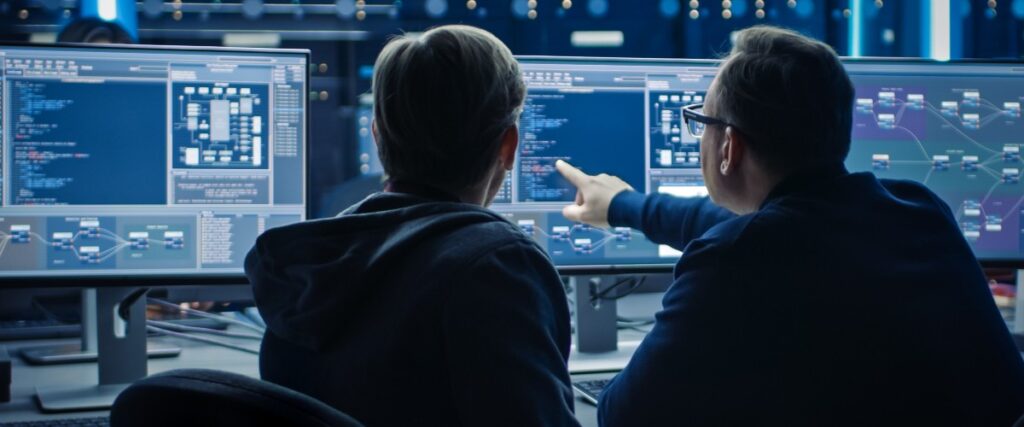Confidentiality, integrity, and availability make up the CIA triad for cybersecurity compliance. These components guide everyone, from analysts to programmers to businesses, to embrace and execute appropriate risk management protocols.
They are the bedrock of some of the most relevant compliance certifications and allow humans to progress through this quickly developing sector with intelligence.
Where CIA Originated and Why It’s Important
James Anderson introduced the CIA model in a technical report in the 1980s, creating the foundation for other cybersecurity protocols. The triad’s aspects examined how humans would most significantly influence the future of cybersecurity:
- Confidentiality: Accentuates the necessity to prioritize carefully handling sensitive data, such as personally identifiable information (PII). It also asserts permissions limitations for a data classification policy, allowing only approved parties to access restricted data.
- Integrity: Requires analysts to update and review data for authenticity. It helps with decision-making, from how frequently to back up data to what software stakeholders should install on company machines.
- Availability: Reinforces how vital it is to have credentials to access data. This weaves with the previous two tenets because if the availability of ransomware controls or firewalls isn’t there for people who need them to execute optimal cybersecurity practices, everything else is moot.
This framework is crucial to have a proper mindset for cybersecurity actions. It reminds operators to be protective and accurate while closely monitoring access. However, it still prioritizes availability.
It is a delicate balance, especially while training people in regular digital hygiene practices. However, it dramatically empowers compliance protocols even today.
How It Impacts Cybersecurity And Compliance
It’s easy to tell how much of an impact CIA has on current compliance by looking at the requirements of today’s top frameworks. Every sector heavily supports prioritizing cybersecurity because of the influx of impartial cyberattacks.
The first is the Health Insurance Portability and Accountability Act (HIPAA). CIA influences HIPAA compliance guidelines by prioritizing protecting and verifying access to sensitive health data.
HIPAA needed to consider CIA in its mission to prevent fraud and unauthorized users from stealing PII because a breach signified an oversight in one of the principles.
There is also Payment Card Information Data Security Standards (PCI-DSS) compliance, which continues to build upon the work of the triad. It strives to protect sensitive credit card data for safe online transactions.
Another compliance framework influenced by the triad is the National Institute of Standards and Technology (NIST). Its components are:
- Identify
- Protect
- Detect
- Respond
- Recover
These build upon the foundation CIA provided — without availability, there is no response. Without integrity, there is no chance of recovery. The two frameworks blended for the modern era to create a more practical, hands-on approach to cybersecurity compliance.
Where It Can Improve For The Future
The CIA triad is essential for creating productive cybersecurity mindsets. However, some argue it may be outdated with its oversimplification of what’s required now to succeed in cybersecurity.
Confidentiality, integrity, and availability could be viewed as ideals more than objectives, skewing priorities by lacking temporal touchpoints to evaluate the success of a cybersecurity management strategy.
Times have shifted priorities toward more risk prevention and frequency of activity — given the current digital climate, these aspects could be more important than the focus points of the triad.
This includes a heavier focus on vulnerabilities in hardware and software and privacy regulations, which the triad doesn’t emphasize.
Therefore, CIA may need to be supplemented with other frameworks to provide a more comprehensive picture of what’s necessary for a holistic cybersecurity approach.
This includes protocols like NIST, which identifies compliance by five core activities instead of intangible elements.
The CIA Triad Is a Cybersecurity Must
Few sectors are accelerating and adapting to new technologies as fast as cybersecurity. Cybercrime requires analysts to stay informed while maintaining foundational ethics, as these players innovate constantly.
It requires companies and freelancers alike to keep on top of new regulations concerning compliance certifications, but at the core of them is the CIA triad — still helping lead the way to a safer digital world.
